How to open a Windows 11 Command Prompt as Administrator
Lawrence Abrams
- June 11, 2022
- Read 164,412 times
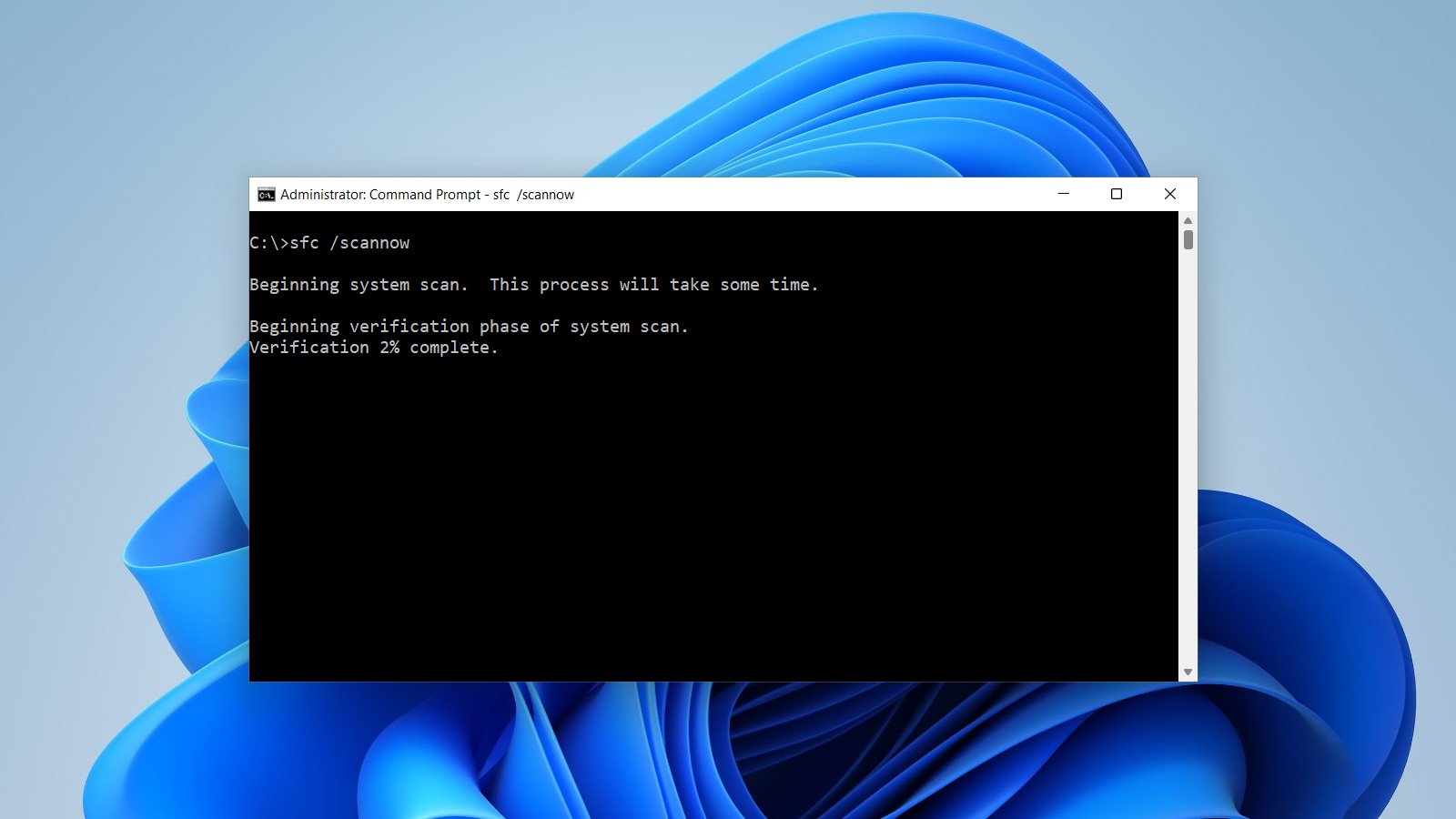
The Windows 11 Command Prompt is an application that allows you to launch programs and change settings by typing commands into a window.
Compared to similar features in the Windows GUI interface, command-line applications that run from the command prompt typically provide more options and granular features when performing a task.
For example, you can copy folders and files, execute PowerShell scripts, or even query specific network and computer configuration information from the command prompt.
When you open a Command Prompt, any command you execute will run under the security privileges of the logged-in user. Therefore, if you try to run a command-line program that requires Administrator privileges, you will not be able to do so and will be shown an 'Access denied' or other error, as shown below.
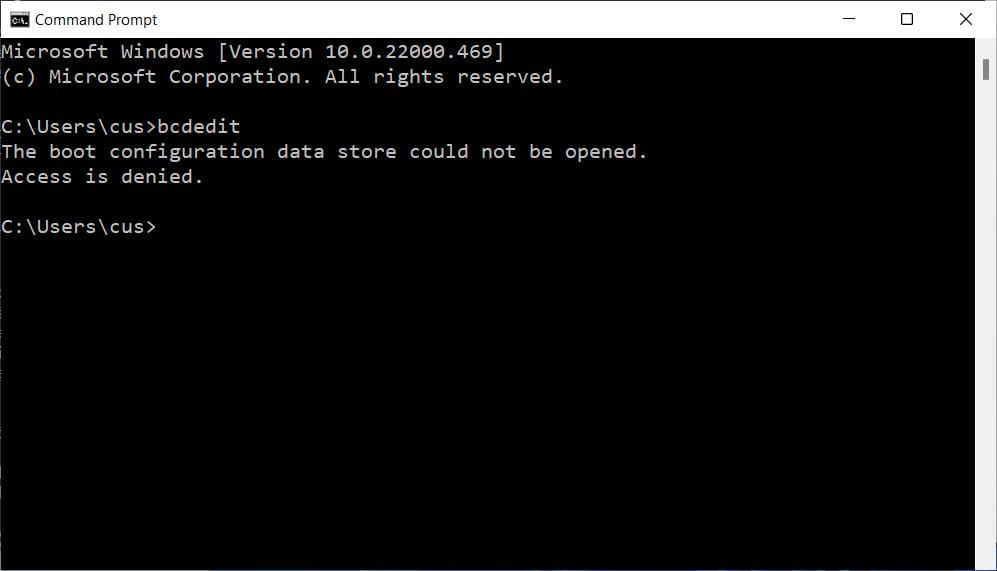
However, it is possible to open a Command Prompt with Administrator privileges that allow you to run any command you wish, which we can explain below.
How to launch a Windows 11 Administrator Command Prompt
To open Windows 11 Command Prompt with Administrator privileges, you need to open the Command Prompt in a certain way.
First, click the Start Menu and type cmd into the search field. Then, when the 'Command Prompt' search result is shown, right-click on it and select Run as adminsitrator, as shown below.
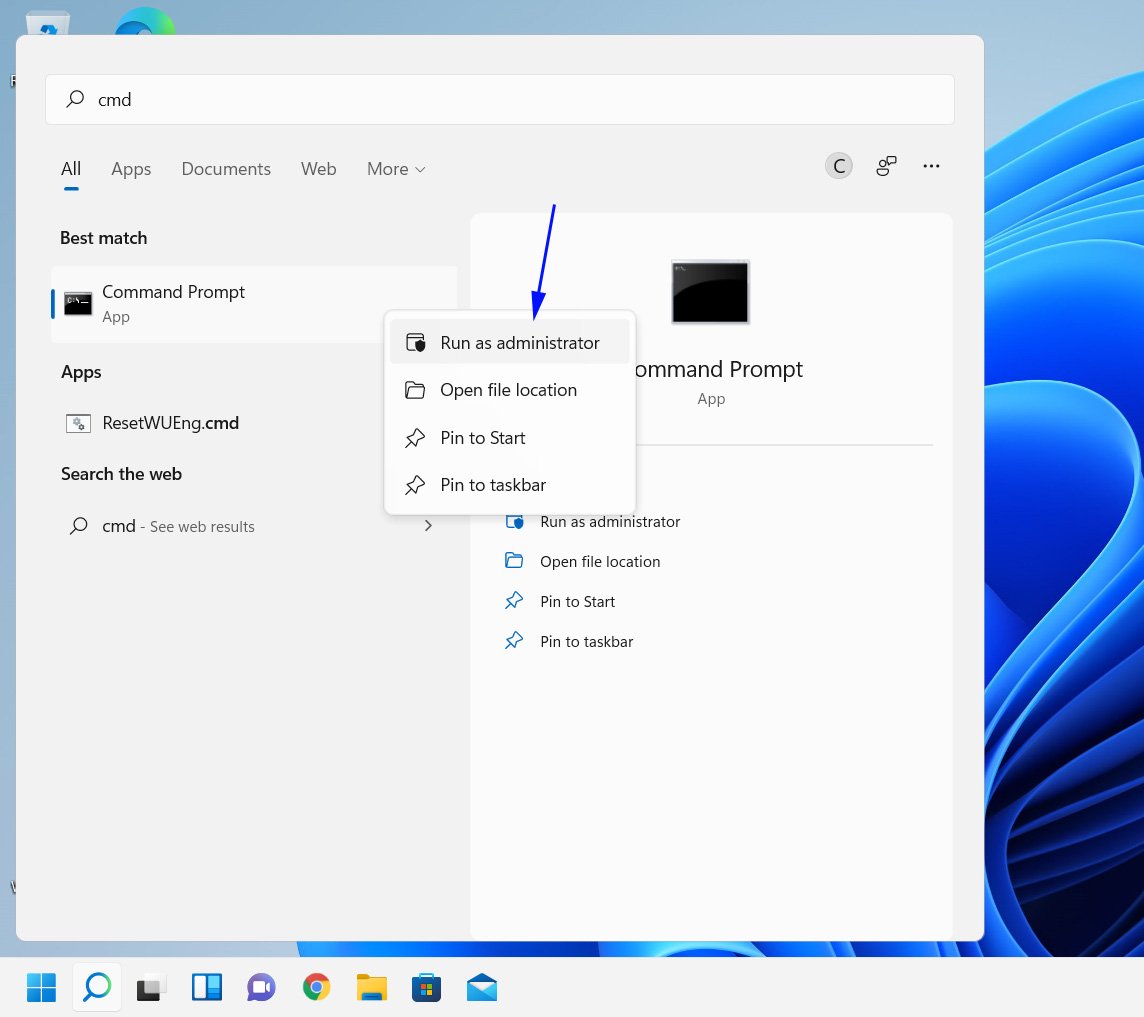
When you select Run as administrator, Windows 11 will display a User Account Control prompt asking if you would like the 'Windows Command Processor' to make changes on your device.
At this prompt, click on the Yes button.
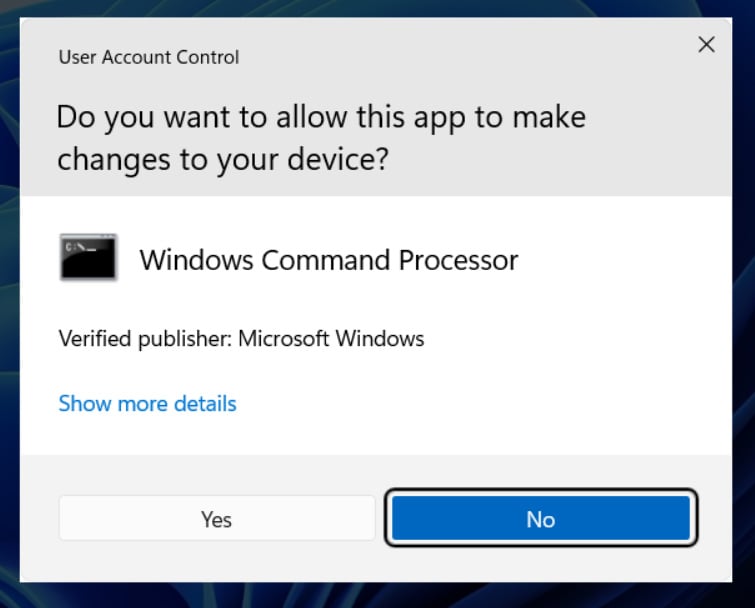
User Account Control Prompt
Once you click on the Yes button, a Windows 11 Administrator Command Prompt will be opened.
You can tell that the Command Prompt is running with Administrator privileges because the window title will state "Administrator: Command Prompt," and you will be in the C:\Windows\System32 directory, as shown below.
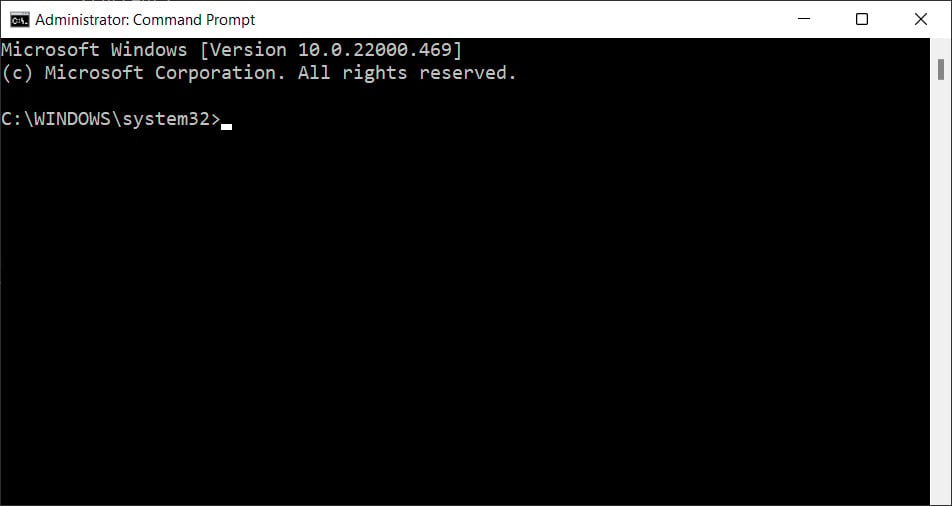
As we previously noted, the Administrator Command Prompt will start in the C:\Windows\System32 folder rather than your User Profile (C:\Users\[account_name]).
As this is a very sensitive folder with files required for the proper operation of Windows, it is suggested that you change to your user profile instead.
To do this, type cd %userprofile% and press the enter key on your keyboard.
In this Elevated Command Prompt, you can now launch programs or access files that require Administrative privileges.
You can read our Introduction to the Windows Command Prompt tutorial for more information on the Command Prompt and how you can use it.



